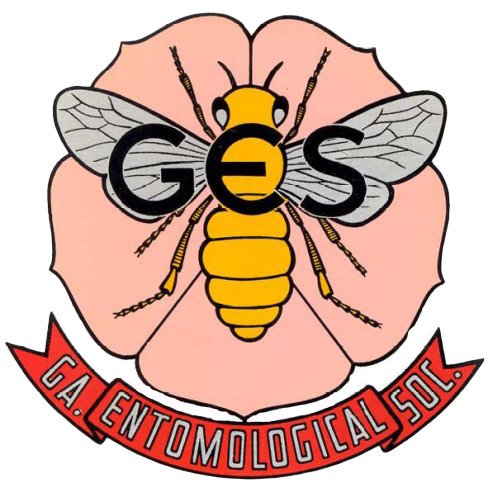Many publications report the invertebrate fauna of nests of birds, which provide a seasonally rich source of organic material in a sheltered habitat, thus providing ecological opportunities for a diversity of species. Most studies are on the nests of terrestrial birds (Karasawa and Hijii 2006, Biodivers. Conserv. 15: 4533–4553; Oppliger et al. 1994, Behav. Ecol. 5: 130–134; Saino et al. 2002, Oecologia 133: 139–145), but little information has been published on macroinvertebrates in the nests of aquatic birds (Coulson et al. 2009, Polar Biol. 32: 1041–1046; Tajovsky et al. 2001, Eur. J. Soil Biol. 37: 321–323), which are largely limited
Skip to main content
Issues
Select Issue
First Record of Pulvinaria urbicola (Hemiptera: Coccomorpha: Coccidae) on Dysphania ambrosioides (Amaranthaceae) Associated with Ant and Parasitoid in Guerrero, Mexico1
Artemio Hernández-Ruiz,
Agustín Jesús Gonzaga-Segura,
Víctor Rogelio Castrejón-Gómez, and
Karla Yolanda Flores Maldonado
Synergistic Toxicity of Selected Pesticides Combined with Serratia marcescens against Odontotermes formosanus (Isoptera: Termitidae) Workers1
Yongfu Fang,
Maomei Wang,
Tao Xu,
Liuyu Wang,
Yan Xiong,
Yunxiang Xu, and
Fang Tang
Determining the Optimum Sampling Interval for the Control of Tarnished Plant Bugs (Hemiptera: Miridae) in ThryvOn® Cotton1
H.L. Lipsey,
D.R. Cook,
W.D. Crow,
A.L. Catchot,
B.C. Thrash, and
T.B. Towles
Toxicity, Biochemical Impact, and Inhibition of Glutathione S-Transferase of Four Selected Insecticides against Aphis craccivora (Hemiptera: Aphididae)1
Nawal AbdulAziz Alfuhaid,
Mona Awad,
Nourhan A. El-Said,
El-Desoky S. Ibrahim, and
Moataz A.M. Moustafa
Abandoned Papaya (Carica papaya) Orchards: A Potential Reservoir for Rhynchophorus palmarum (Coleoptera: Curculionidae) in Western Mexico1
María del Carmen Ayard-Martínez,
José Carlos Rodríguez-Rodríguez,
Jaime Mora-Jiménez, and
Jesús Enrique Castrejón-Antonio
Cloning and Expression Analysis of AzanOBP7, a Minus-C Odorant-Binding Protein Gene, from Agrilus zanthoxylumi (Coleoptera: Buprestidae)1
Xiao-Jin Gao,
Li Guo,
Na Jiang,
Yu Qi,
Qin-Yao Jin,
Shou-An Xie, and
Shu-Jie Iv
Occurrence of Phorid Fly (Diptera: Phoridae) Parasitoids of Imported Fire Ants (Hymenoptera: Formicidae) in Georgia
Wayne A. Gardner,
Harold B. Peeler, and
Stanley K. Diffie
Weedy Host Plants of the Sugarcane Root Weevil (Coleoptera: Curculionidae) in Florida Sugarcane
Dennis C. Odero,
Ronald H. Cherry, and
David G. Hall
